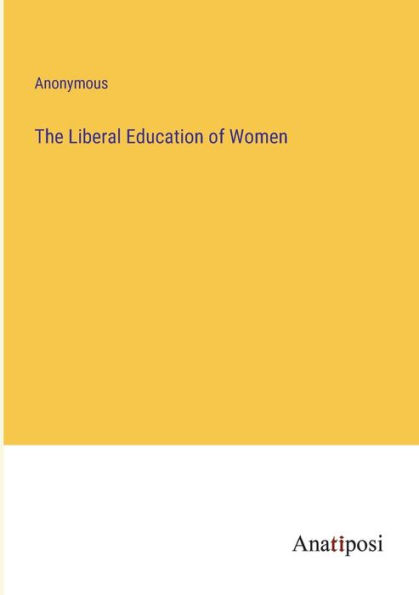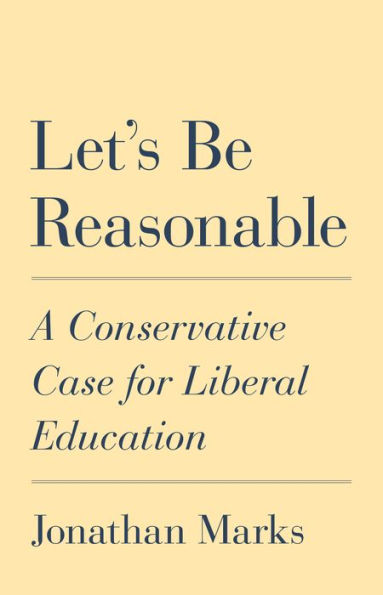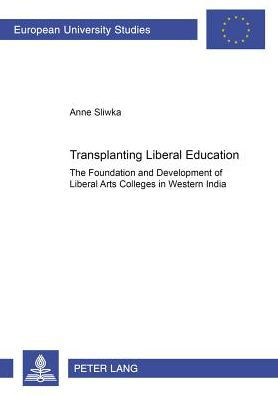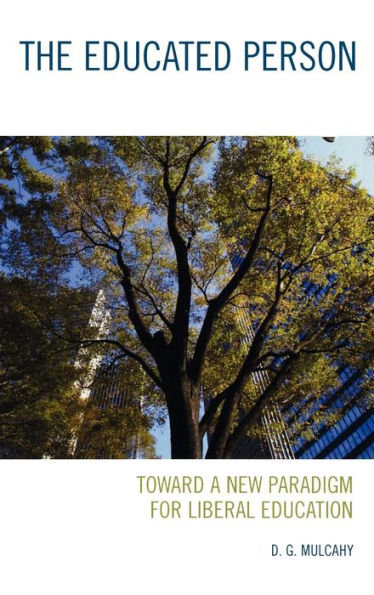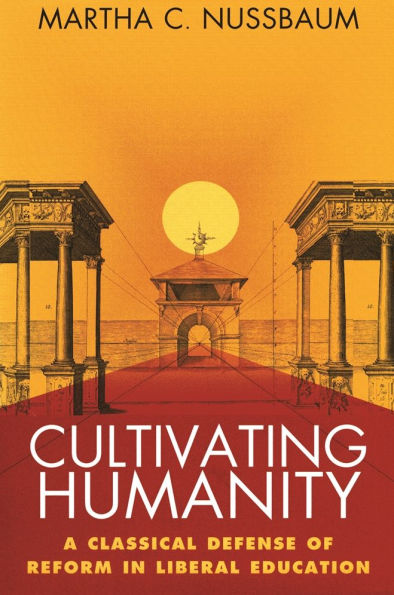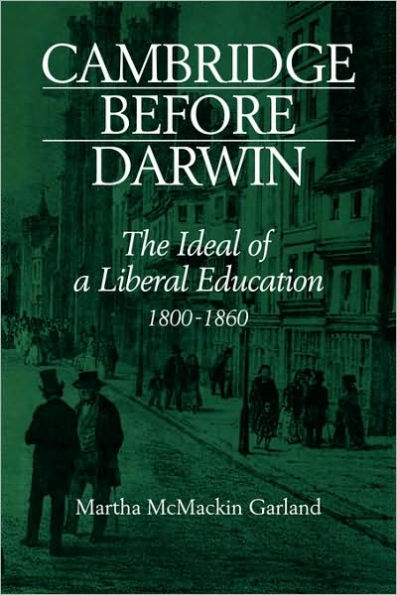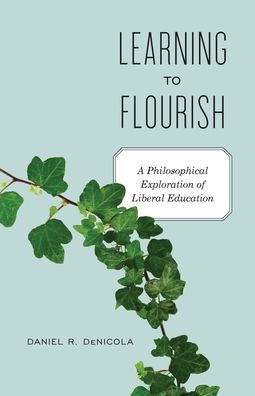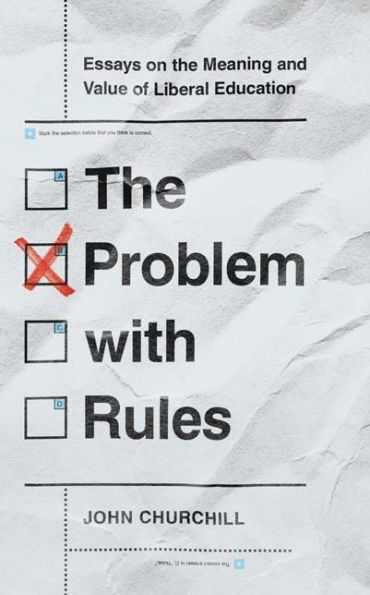Home
The Parthenon and Liberal Education
Barnes and Noble
The Parthenon and Liberal Education
Current price: $34.95
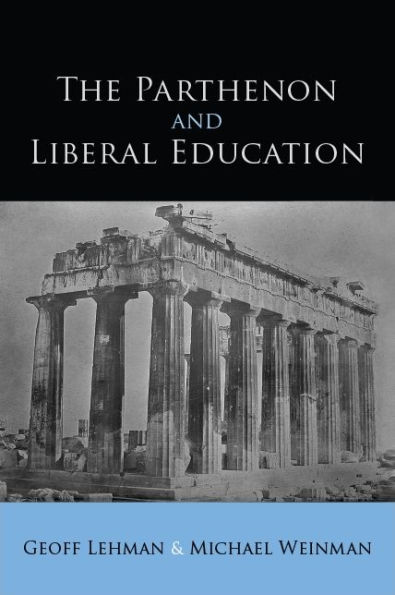

Barnes and Noble
The Parthenon and Liberal Education
Current price: $34.95
Size: Paperback
Loading Inventory...
*Product information may vary - to confirm product availability, pricing, shipping and return information please contact Barnes and Noble
The Parthenon and Liberal Education
seeks to restore the study of mathematics to its original place of prominence in the liberal arts. To build this case, Geoff Lehman and Michael Weinman turn to Philolaus, a near contemporary of Socrates. The authors demonstrate the influence of his work involving number theory, astronomy, and harmonics on Plato's
Republic
and
Timaeus
, and outline its resonance with the program of study in the early Academy and with the architecture of the Parthenon. Lehman and Weinman argue that the Parthenon can be seen as the foremost embodiment of the practical working through of mathematical knowledge in its time, serving as a mediator between the early reception of Ancient Near-Eastern mathematical ideas and their integration into Greek thought as a form of liberal education, as the latter came to be defined by Plato and his followers. With its Doric architecture characterized by
symmetria
(commensurability) and
harmonia
(harmony; joining together), concepts explored contemporaneously by Philolaus, the Parthenon engages dialectical thought in ways that are of enduring relevance for the project of liberal education.
seeks to restore the study of mathematics to its original place of prominence in the liberal arts. To build this case, Geoff Lehman and Michael Weinman turn to Philolaus, a near contemporary of Socrates. The authors demonstrate the influence of his work involving number theory, astronomy, and harmonics on Plato's
Republic
and
Timaeus
, and outline its resonance with the program of study in the early Academy and with the architecture of the Parthenon. Lehman and Weinman argue that the Parthenon can be seen as the foremost embodiment of the practical working through of mathematical knowledge in its time, serving as a mediator between the early reception of Ancient Near-Eastern mathematical ideas and their integration into Greek thought as a form of liberal education, as the latter came to be defined by Plato and his followers. With its Doric architecture characterized by
symmetria
(commensurability) and
harmonia
(harmony; joining together), concepts explored contemporaneously by Philolaus, the Parthenon engages dialectical thought in ways that are of enduring relevance for the project of liberal education.
